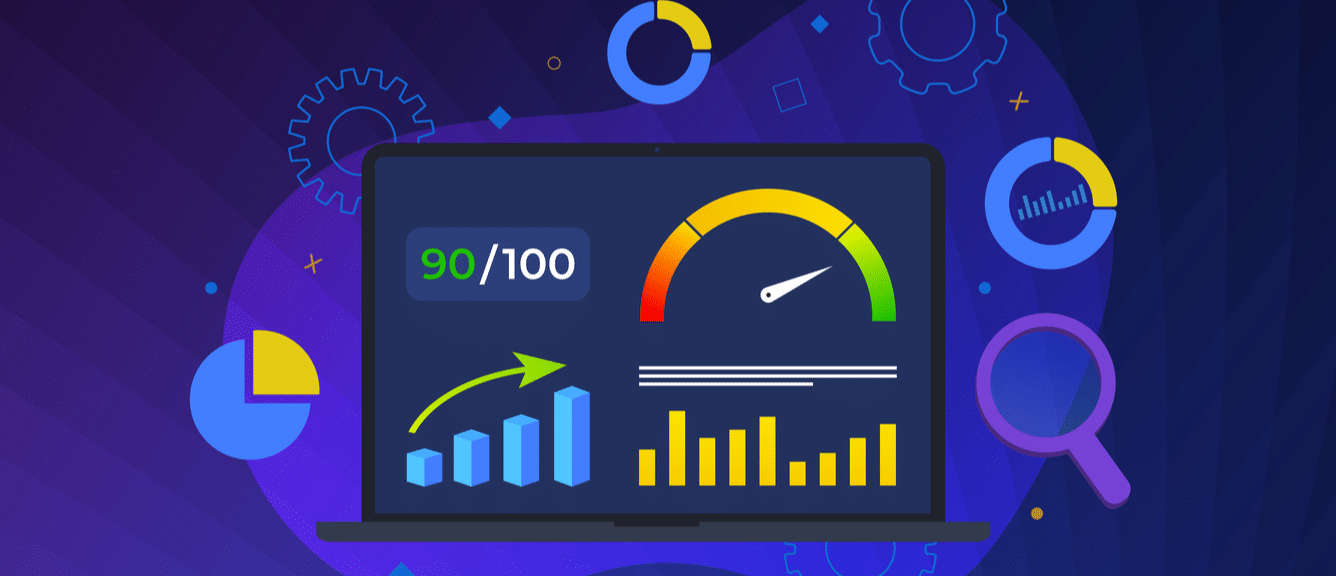Integration Testing
Simple Definition for Beginners:
Integration testing is a software testing technique where individual software modules or components are combined and tested as a group to verify their interactions, interfaces, data flow, and functionality in a unified system.
Common Use Example:
Integration testing ensures that different parts of a software application, such as modules, services, databases, and APIs, work together seamlessly, detecting issues like data mismatches, communication errors, or integration failures.
Technical Definition for Professionals:
Integration testing is a phase in the software testing lifecycle that focuses on evaluating the interactions, interoperability, data exchange, communication protocols, dependencies, and functionality of integrated software components within a larger system or application. Key aspects and approaches to integration testing include:
- Component Integration Testing:
o Module Integration: Testing the integration of individual software modules, classes, functions, or libraries to verify their interactions, interfaces, method calls, data exchanges, and behavior within the context of the overall software architecture.
o Service Integration: Testing the integration of microservices, web services, APIs, or external services/components to ensure seamless communication, data consistency, error handling, authentication, authorization, and service-level agreements (SLAs) compliance.
o Database Integration: Testing the integration of databases, data sources, data warehouses, data lakes, or data repositories to validate data integrity, data transformations, data migrations, data consistency, data access controls, and data synchronization across multiple data sources.
o Interface Integration: Testing the integration of user interfaces (UIs), user experience (UX) elements, graphical user interfaces (GUIs), command-line interfaces (CLIs), application programming interfaces (APIs), or middleware components to ensure consistent user interactions, input validations, error messages, and system responses.
- Integration Strategies:
o Top-Down Integration: Testing starts from the highest-level modules or components and progressively integrates lower-level modules or subcomponents, simulating the flow of control and data through the software layers.
o Bottom-Up Integration: Testing begins with the lowest-level modules or components and gradually integrates higher-level modules or parent components, focusing on building and testing functionalities from the ground up.
o Big Bang Integration: Testing involves integrating all software modules, components, services, or layers simultaneously, verifying end-to-end functionality, system-wide interactions, data flows, and integration points in a consolidated manner.
o Incremental Integration: Testing is performed incrementally by integrating and testing small subsets of modules, components, or functionalities at a time, gradually expanding integration coverage and validating integration points iteratively.
- Integration Testing Techniques:
o Functional Integration Testing: Validating the functional behavior, logic, business rules, and use cases of integrated components, ensuring that they collectively achieve the intended functionality and meet user requirements.
o Non-Functional Integration Testing: Assessing non-functional aspects such as performance, scalability, reliability, availability, security, usability, accessibility, compliance, compatibility, and resilience of integrated components under varying load, stress, or environmental conditions.
o Regression Integration Testing: Detecting regression defects, unintended side effects, or system regressions caused by integration changes, updates, enhancements, or fixes, ensuring that existing functionalities remain intact after integration modifications.
Integration testing aims to uncover defects, issues, bugs, or inconsistencies related to component interactions, data exchanges, boundary conditions, error handling, exception handling, data validations, compatibility constraints, and integration points, promoting system stability, reliability, and functionality across interconnected software components.
Integration Testing

